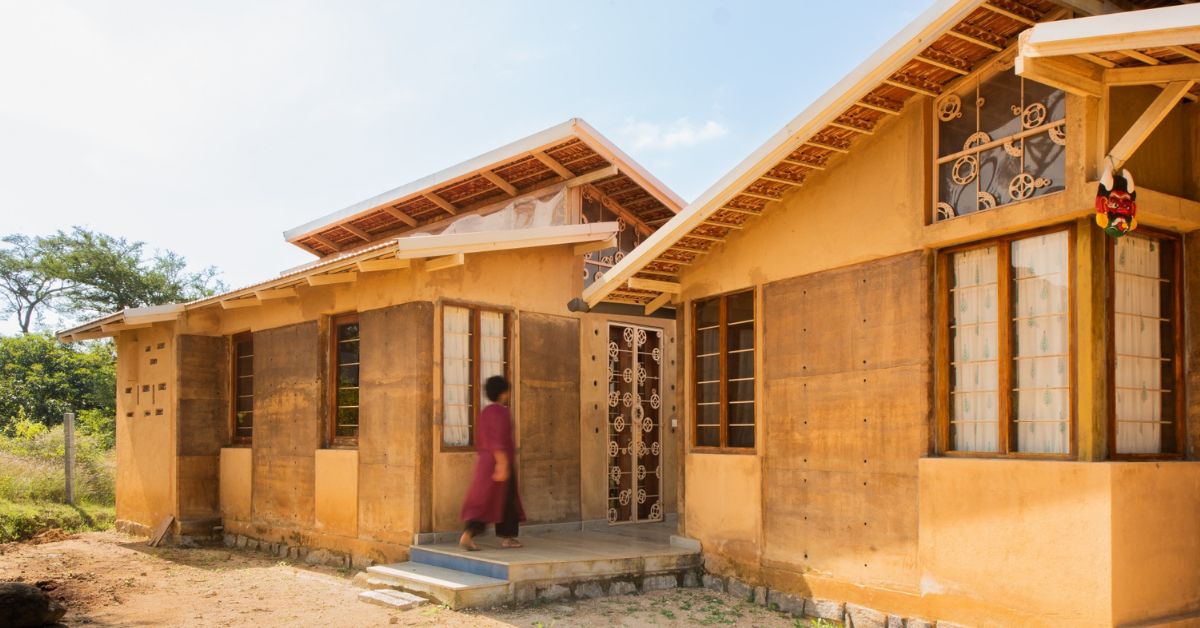Mud House Construction In Bangalore

Bangalore, known as India's Silicon Valley, is witnessing a resurgence of interest in an ancient building technique: mud house construction. Driven by a desire for sustainable living and a connection to nature, a growing number of individuals and organizations are embracing this eco-friendly alternative to conventional construction methods.
The revival of mud house construction in a technologically advanced city like Bangalore highlights a growing awareness of the environmental impact of traditional building materials and a search for more sustainable options.
The shift involves architects, builders, and homeowners. They are seeking cost-effective and environmentally friendly construction solutions. But why now and what is the importance?
The Rise of Mud Houses in Bangalore
Mud house construction, also known as earthen building, utilizes natural materials such as clay, sand, water, and often straw or other organic fibers. These materials are readily available and require minimal processing, significantly reducing the embodied energy of the building. Dr. Anita Sharma, an environmental scientist at the Indian Institute of Science (IISc) Bangalore, notes that "the carbon footprint of mud construction is substantially lower compared to cement-based structures, making it a viable option for mitigating climate change."
Several projects in and around Bangalore showcase the versatility and beauty of mud houses. One notable example is the Earth Building Collective, a group of architects and artisans specializing in sustainable construction.
They have designed and built several homes and community spaces using various techniques. The techniques include cob, adobe, and rammed earth.
Cob construction involves mixing clay, sand, and straw to create a pliable mixture. It can be shaped by hand, allowing for organic and sculptural forms. Adobe uses sun-dried bricks made from the same mixture.
Rammed earth involves compacting layers of earth within a formwork to create dense, durable walls.
Benefits of Mud House Construction
The appeal of mud houses extends beyond their environmental friendliness. These homes offer excellent thermal properties, keeping interiors cool in the summer and warm in the winter. This reduces the need for energy-intensive air conditioning and heating systems.
"Mud walls naturally regulate humidity, creating a comfortable and healthy indoor environment," explains Ramesh Kumar, a homeowner who recently built a mud house near Bannerghatta National Park. Kumar added that, his family has experienced improved respiratory health since moving into their mud home.
Furthermore, mud houses are relatively inexpensive to build, especially in areas where the soil is suitable. This makes them an attractive option for affordable housing projects. The materials are often locally sourced, reducing transportation costs and supporting local economies.
"We are seeing increasing interest from young professionals and families who are looking for healthier and more sustainable living spaces," says Priya Reddy, an architect specializing in mud construction.
She further stated that mud houses offer a unique aesthetic appeal. They can be customized to reflect the homeowner's personality and blend seamlessly with the natural landscape.
Challenges and Future Prospects
Despite the numerous benefits, mud house construction faces certain challenges in Bangalore. One major hurdle is the perception that mud houses are less durable or resistant to weather conditions than conventional buildings.
However, modern mud construction techniques incorporate stabilizers such as lime or cement to improve the structural integrity and water resistance of the walls. Proper design and construction practices are crucial to ensure the longevity of mud houses, according to the experts.
Another challenge is the lack of skilled labor and awareness about mud construction techniques. There is a growing need for training programs and workshops to educate architects, builders, and homeowners about the best practices in earthen building.
Organizations like the Earth Building Collective and Development Alternatives are actively involved in promoting sustainable construction practices and providing training to local communities. The Government of Karnataka has also expressed interest in exploring the potential of mud house construction for affordable housing initiatives.
The resurgence of mud house construction in Bangalore represents a significant step towards a more sustainable and eco-conscious future. As awareness grows and the technology advances, mud houses have the potential to transform the urban landscape and provide a healthy, affordable, and environmentally friendly housing alternative for all.


















